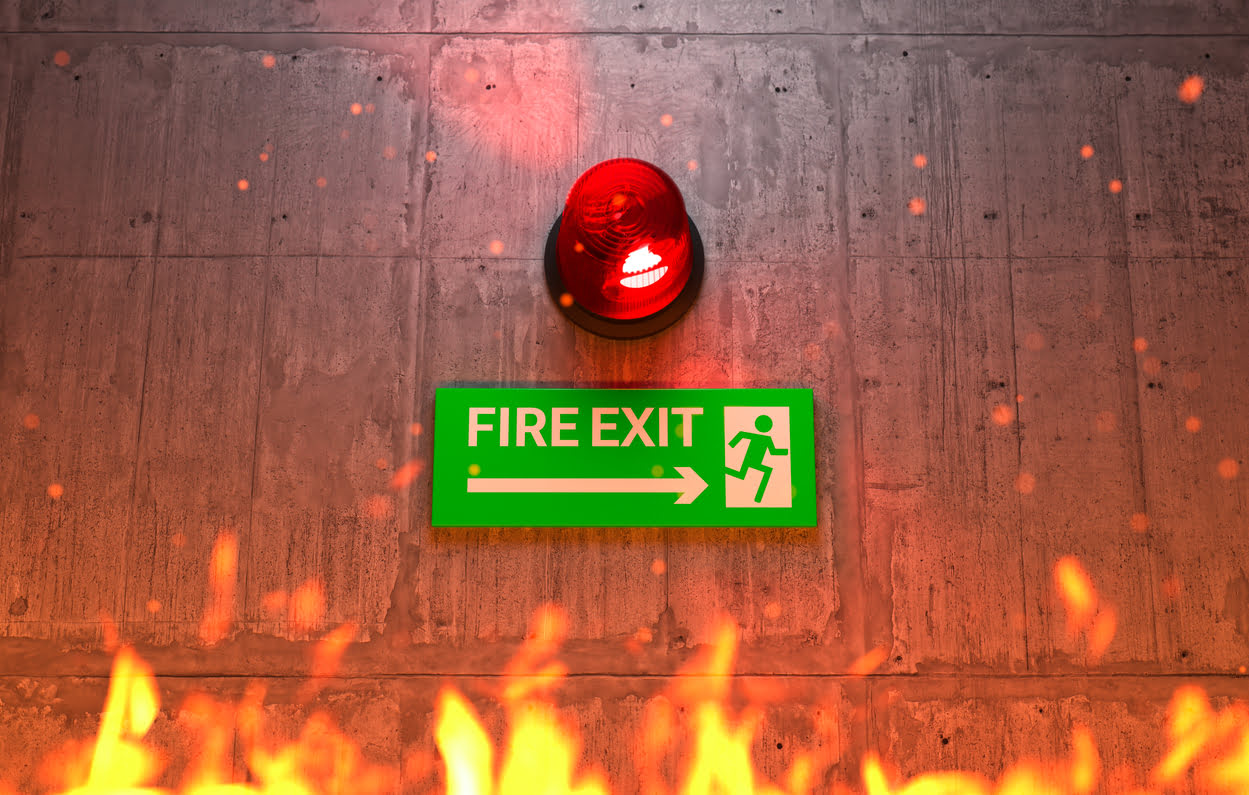Smoke detectors are crucial components of any home or building’s safety infrastructure, serving as vigilant guardians against the threat of fires. They are designed to detect the presence of smoke particles in the air, triggering alarms to alert occupants and potentially save lives. Among the various types of smoke detectors available, three prominent variations stand out: ionization, photoelectric, and dual sensor detectors. Each type operates differently and offers distinct advantages in detecting different types of fires.
Ionization Smoke Detectors
Ionization smoke detectors function by using a small amount of radioactive material (americium-241) to create an ionization chamber. This chamber contains two electrically charged plates and a small radioactive source. The radioactive particles ionize the air within the chamber, creating a current between the plates.
When smoke enters the ionization chamber, it disrupts the ion flow, causing a drop in the current. This change triggers the alarm, signaling the presence of smoke. Ionization detectors are more responsive to flaming fires with smaller smoke particles, such as those from burning paper or wood.
However, they are less effective at detecting slow, smoldering fires that produce larger smoke particles. Additionally, ionization detectors are more prone to false alarms from cooking smoke or steam, which can diminish their reliability.
Photoelectric Smoke Detectors
In contrast to ionization detectors, photoelectric smoke detectors utilize a light source and a light sensor. They work on the principle of light scattering. Inside the detector, a light beam is aimed away from the sensor. When smoke enters the chamber, it scatters the light, redirecting some of it onto the sensor. This triggers the alarm.
Photoelectric detectors excel at detecting smoldering fires that produce more significant smoke particles, typical of electrical fires or overheated wiring. They are less sensitive to cooking-related smoke or steam, reducing the likelihood of false alarms in such scenarios.
Dual Sensor Smoke Detectors
Recognizing the limitations of individual detector types, dual sensor smoke detectors combine both ionization and photoelectric technologies in a single unit. By doing so, they aim to provide comprehensive coverage for both fast-flaming fires and slow, smoldering fires.
These detectors offer a heightened level of safety by ensuring a broader range of fire detection capabilities. If either the ionization or photoelectric sensor is triggered, the alarm will activate. However, some dual sensor models may have the option to differentiate between the types of smoke, providing a more accurate response.
Choosing the Right Detector
Selecting the most suitable smoke detector for your home or establishment depends on various factors. Consider the types of fire hazards present, the layout of the space, and the occupants’ needs. Some opt for interconnected smoke detectors that communicate with each other, ensuring simultaneous activation throughout the premises.
Regular maintenance, including testing the detectors monthly, replacing batteries annually, and cleaning them periodically, is crucial to ensure optimal performance.
In conclusion, while each type of smoke detector has its strengths and weaknesses, their combined use or the utilization of dual sensor detectors can significantly enhance fire detection capabilities. Investing in reliable, properly maintained smoke detectors is an integral part of safeguarding lives and property against the devastation of fires.


